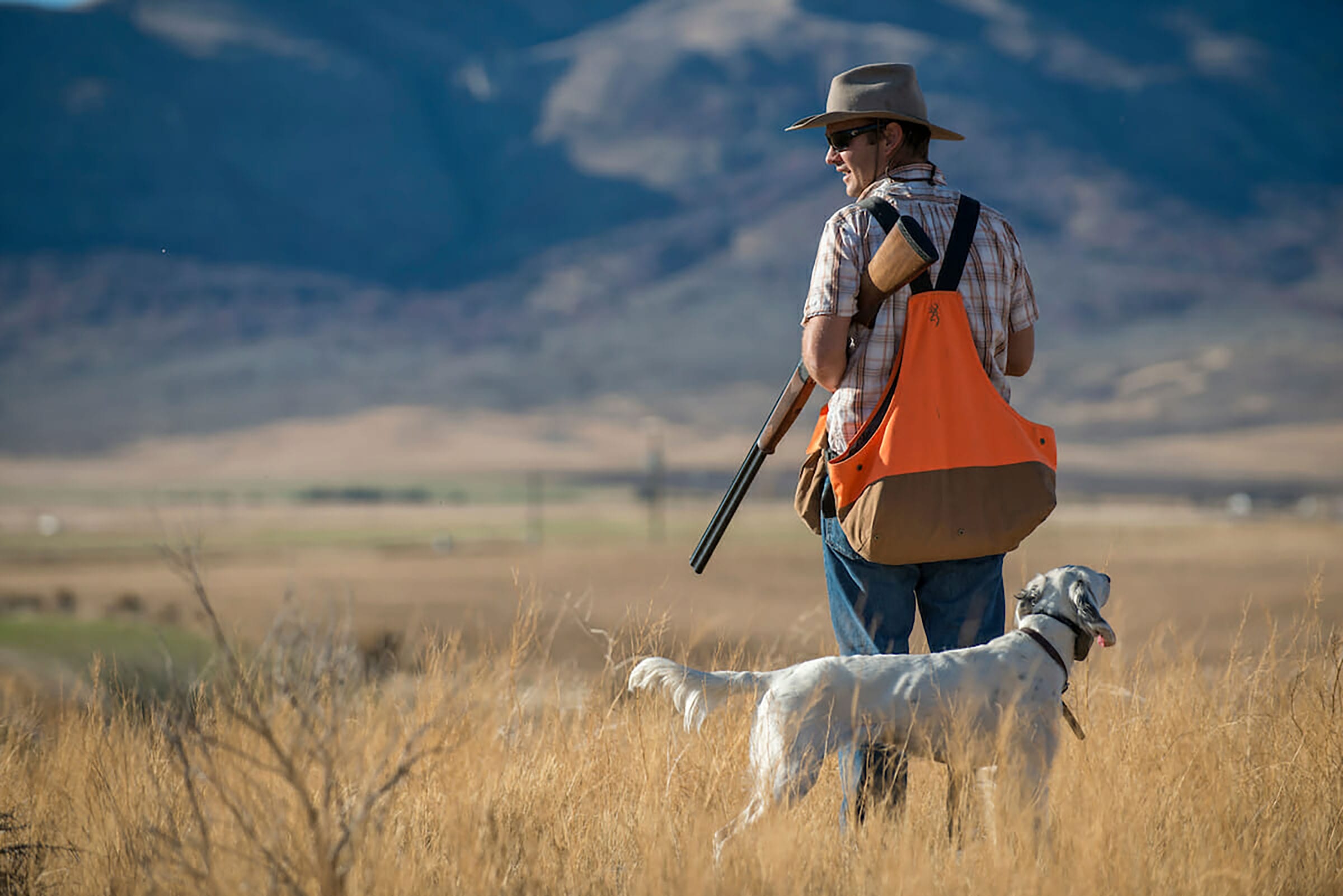It’s hard for me to land on anything quite as fun, nor nearly as rewarding, in the whole wide world of fly fishing, as catching a wily, wild trout on a fly pattern you tied yourself.
If it’s your own design, so much the better. I often laugh when I remember some of the crazy, ugly bugs I’ve whipped up just because I wondered if any trout would be dumb enough to eat any of them.
And they did!
I do not consider that to be an endorsement of my fly-tying prowess in the least. Quite the contrary.
I’ve come to believe that wild trout will eat just about anything if it’s presented the right way. And the fact they do so when it comes to my ugly bugs only proves the theory that presentation usually trumps pattern, especially when it comes to dry-fly fishing.
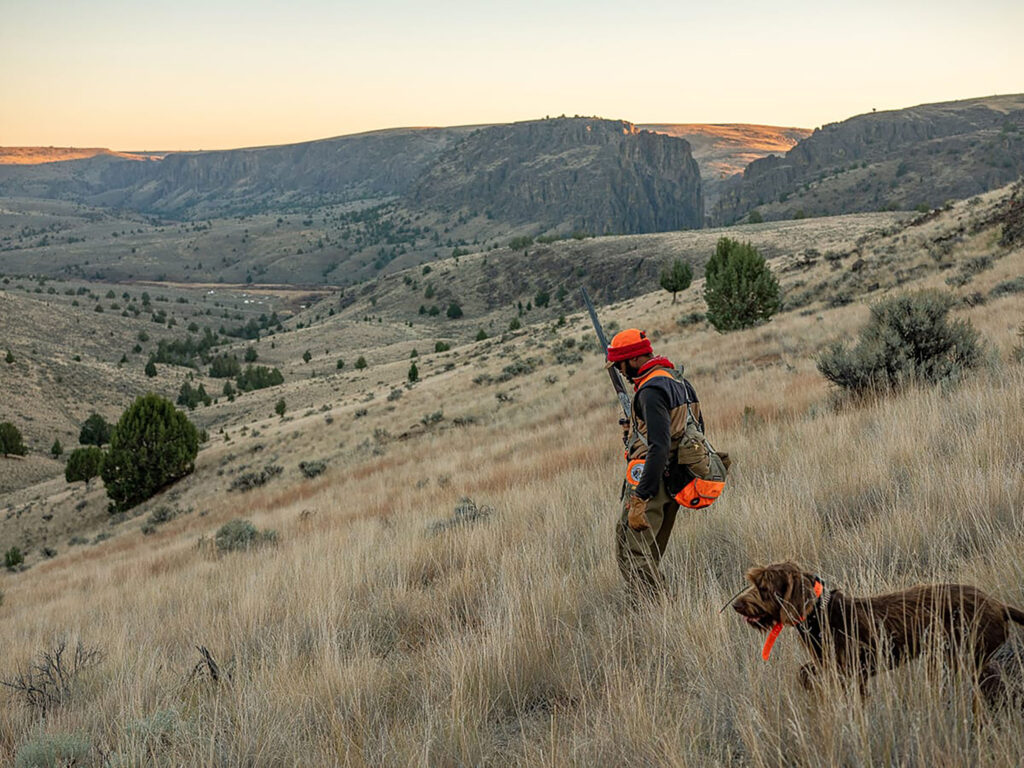
Taking that one step further
What makes the whole thing even better, I’ve found, is when you are able to tie flies with feathers from birds you’ve hunted yourself. Not everyone’s deal, I understand. But that’s always been a bit of a family tradition for me.
Goose quills for tails on nymph flies… wood duck feathers (Grandpa used to keep these in the boxes shotgun shells came in, and he’d spend hours cutting them into perfect tiny triangles with stems to affix to his “mosquito fly” patterns) … Cul de canard (the “end of the duck”) feathers plucked from the preening gland area of ducks are especially valuable for making natural, buoyant wings on certain dry flies.
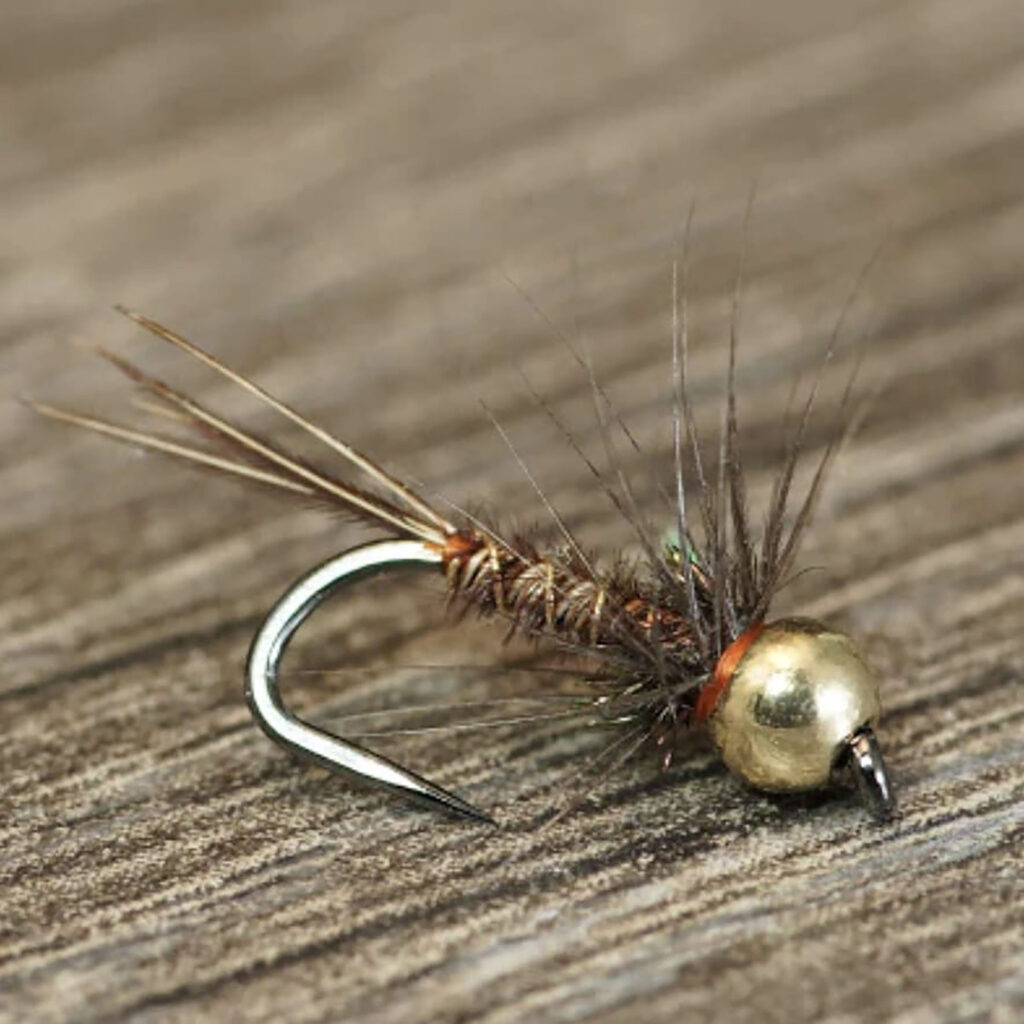
Granted, I’ve never been peacock hunting and never will, I suppose (with good reason), but it’s hard to argue against the seemingly supernatural appeal peacock herl has on trout when it comes to some of the most effective fly patterns the world has ever known—from the Royal Wulff to the Prince Nymph and many more.
At the end of the day, however, it seems to me that there’s no bird feather more valuable to the art of making flies meant to catch trout than the tail feather of a pheasant.
In fact, the pheasant tail is so utilitarian—so wonderfully effective—that Patagonia founder Yvon Chouinard, legendary tier and angler Craig Matthews and Euro-fly guru Mauro Mazzo have completed a book titled, Pheasant Tail Simplicity, which features 18 distinct fly recipes—Yvon describing soft-hackle patterns, Mauro talking nymph patterns and Craig describing dry fly patterns. Look for it, because I highly recommend it—it offers simple recipes that anyone (even myself) can easily follow to create trout fly patterns with seemingly universal appeal.
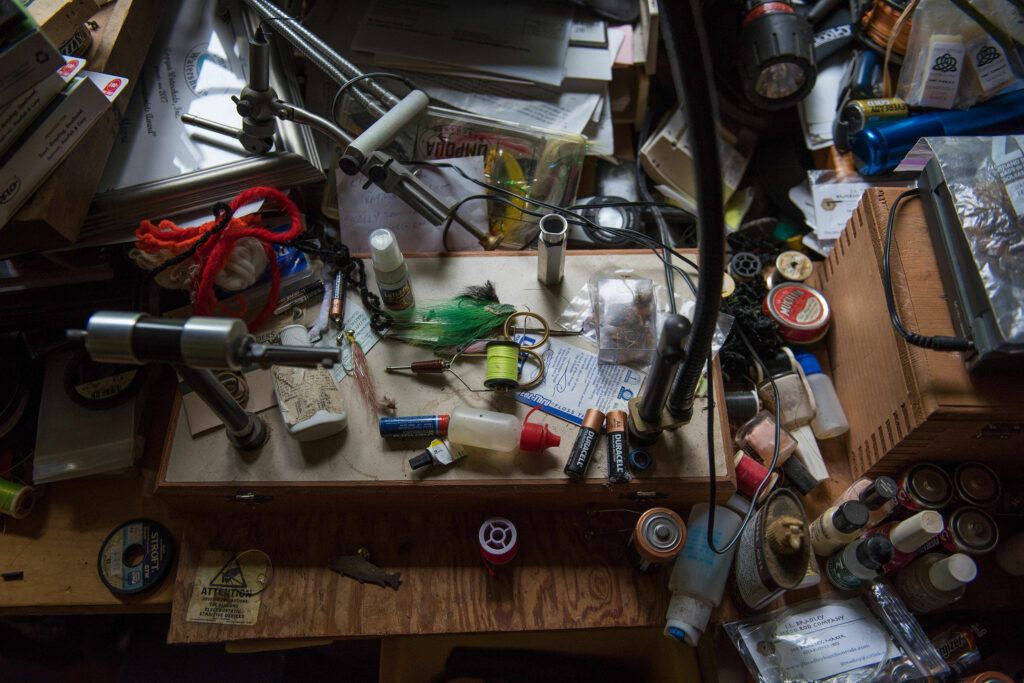
Hunting for flies
As such, my greatest source of fly-tying materials has been that wet, slimy sniffing nose of my faithful hunting (and fishing) companion, my pudelpointer, Maya. It’s safe to say that the last earthly sight many a pheasant (or grouse, or chukar, etc …) has seen on this side of the hereafter has been that big, bushy schnoz of Maya’s.
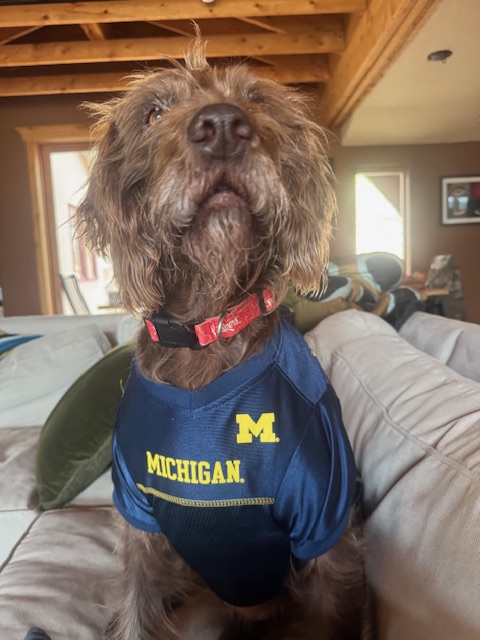
And though she isn’t really able to put two and two together (she’s a dog, after all), there’s something pretty darn cool about hooking and landing a trout on a fly I tied with a feather that Maya produced, months earlier, especially when she’s standing faithfully in the water right next to me.
Sometimes, believe it or not, I think she does get it. She’ll nap (and snore) next to the fly-tying bench for hours. But sometimes, when I’m writing stories like this on my computer, she’ll nudge my leg, as if to say, “quit playing around and get back to the bench and tie more flies! I worked hard for those feathers!”
So, at her urging I’ll sign off and head over to the bench to tie some flies with some grouse feathers.
She worked hard today, and who am I to argue?



